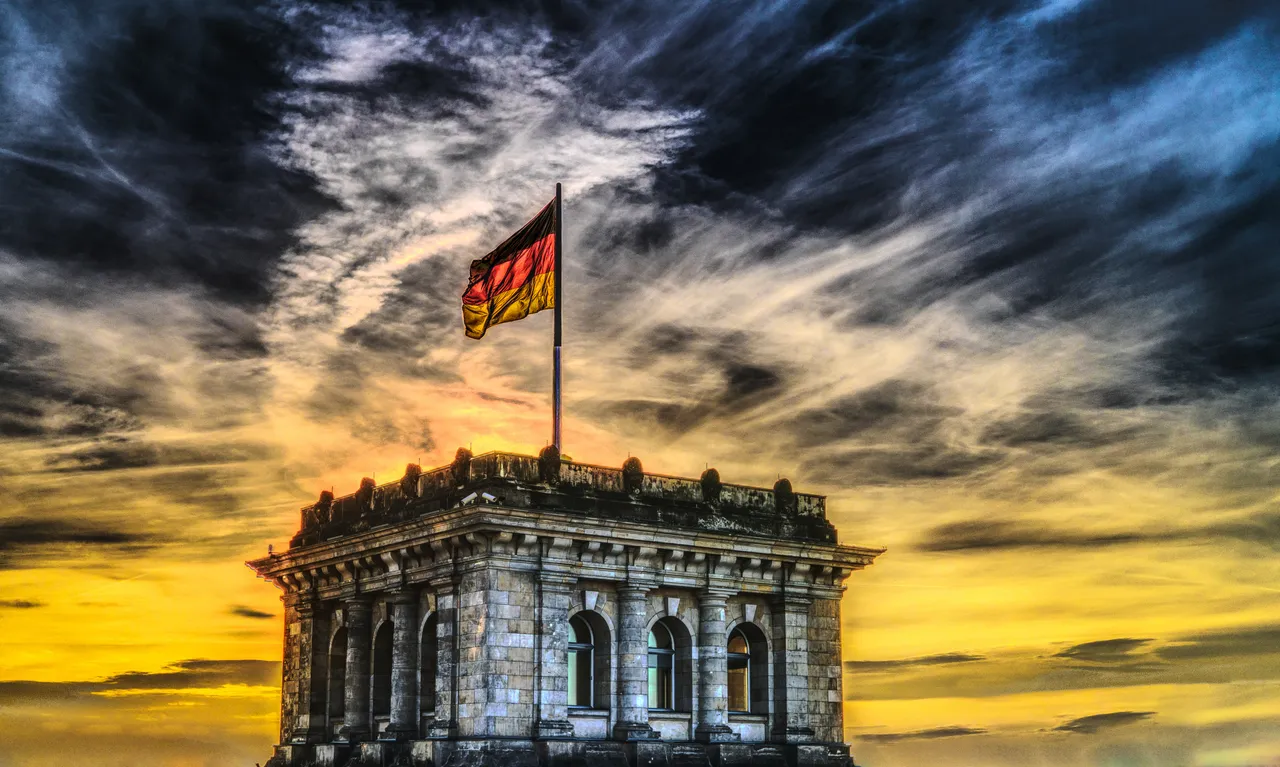
This was easy research, but handy to have all in one place for referencing while outlining your story or even when writing and editing it. This tool lays out the types of governments and a simple explanation of what they are and how they work. This is also to distinguish the difference between government forms and political ideology. In Layman terms, a government form is the structure of power and rule, while an ideology is the philosophy of the ruling, often regarding the economy. The two can come as a package, but are not one-and-the-same. Let’s look at the ideologies before we branch into the forms of government:
Anarchism:
Here, the philosophy calls for a governing structure that has no government. In sum, the people are their own government and everything regarding governing the state is voluntary.Liberalism:
Guided by the philosophy for social and economic liberty (as the name implies), this ideology advocates lawful liberty to protect each citizen from one another and encourages personal wealth and individuality.Conservatism:
On the opposite side of liberalism, this ideology promotes the social and economic growth of the state as a collective, often dissuading individuality.Utilitarianism:
This ideology propagates the collective action toward overall prosperity and equality for the state, a type of utopia where all citizens contribute their abilities for all others to enjoy.Nationalism:
The ideology seeks to promote and prioritise the state and its industries above and away from external influence, to form a self-serving and sustaining society, culture, and economy.Fascism:
Here we have the opposite of nationalism, where this ideology’s government divides the state in favour of a specific group of people, oppressing the other groups, and controls both industry and economy under a dictator.Socialism:
In this ideology, the economy and industry are both owned and regulated by the citizens of a state alongside the government, promoting collective and individual wealth.Communism:
This ideology works opposite to socialism, promoting the collective ownership and regulation of the economy and industry. Here, collective wealth is encouraged and individual wealth discouraged, thereby dissuading socio-economic classes.Capitalism:
This is the most common ideology, where industry is owned and regulated by the people and encourages both collective and individual wealth. Its most distinct feature is that of the free market.Feudalism:
In this ideology, the state’s land is owned in order of social status, creating a pyramid-type structure in the government form, and wealth is distributed through land down the ranks as a trade for loyalty or services.Despotism:
Here, all land and industry is owned and regulated by a single person in absolute power, usually a king/queen or emperor/empress.Colonialism:
Unlike other ideologies, this one is not instituted by a state’s own people, but enforced by an outsider nation who rules and controls the industry and society, usually with the excuse of good intent for the colonised state.
There are combination ideologies, like national socialism, but I’m not going to add them. You can pretty much get the picture with the ones listed above. Now that it’s out of the way, we can zone-in on government forms.
Stay tuned for Part 2 where we explore the types of democracies.
There are more than one?
Yes, indeed so.